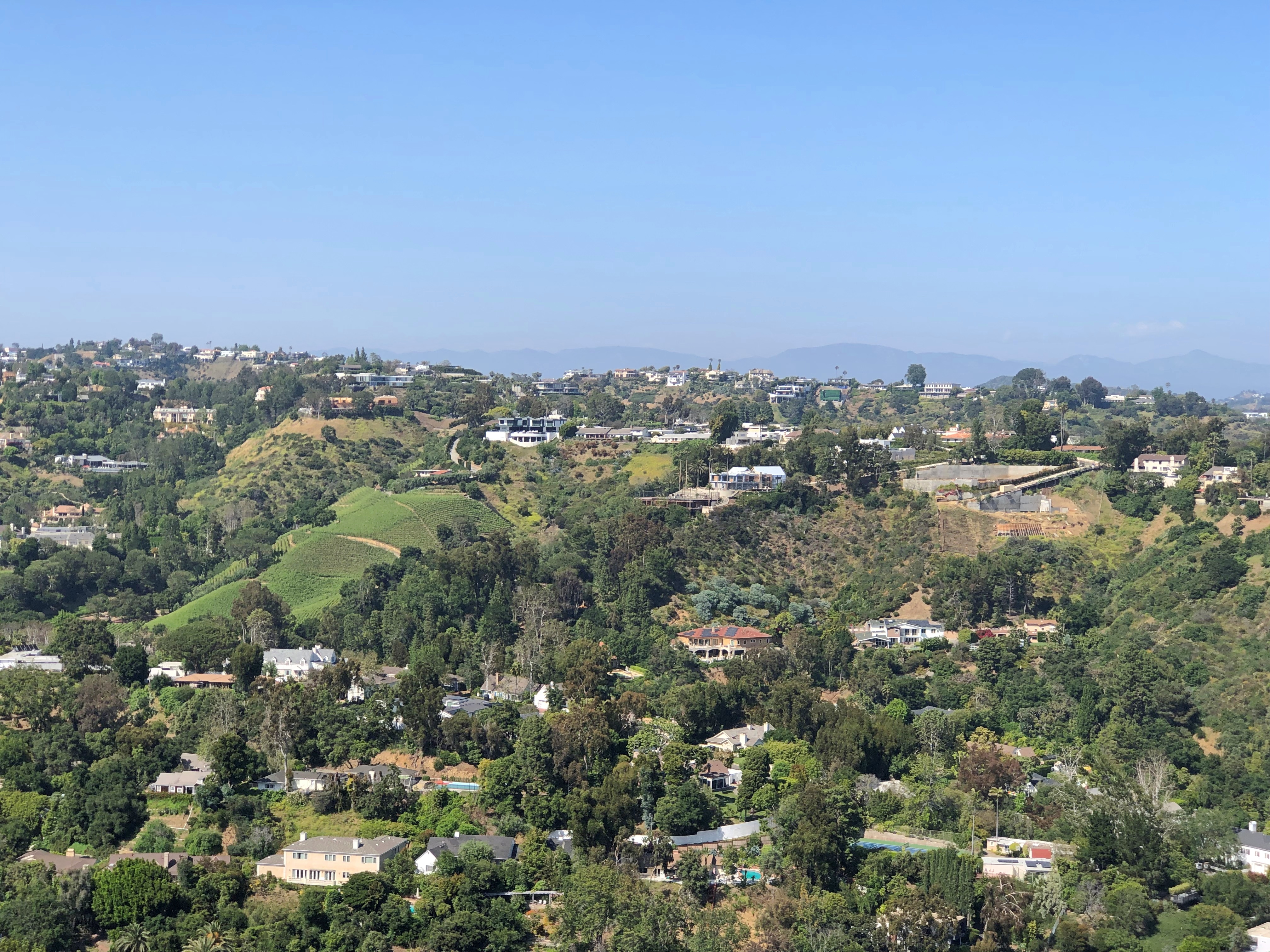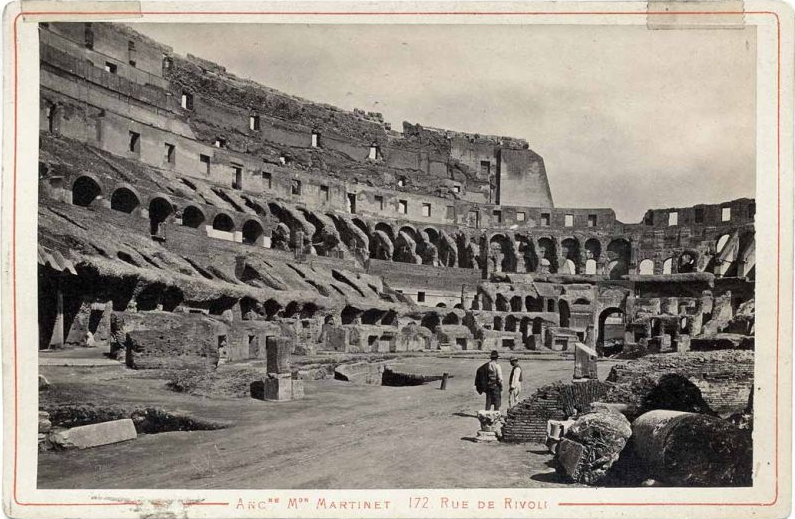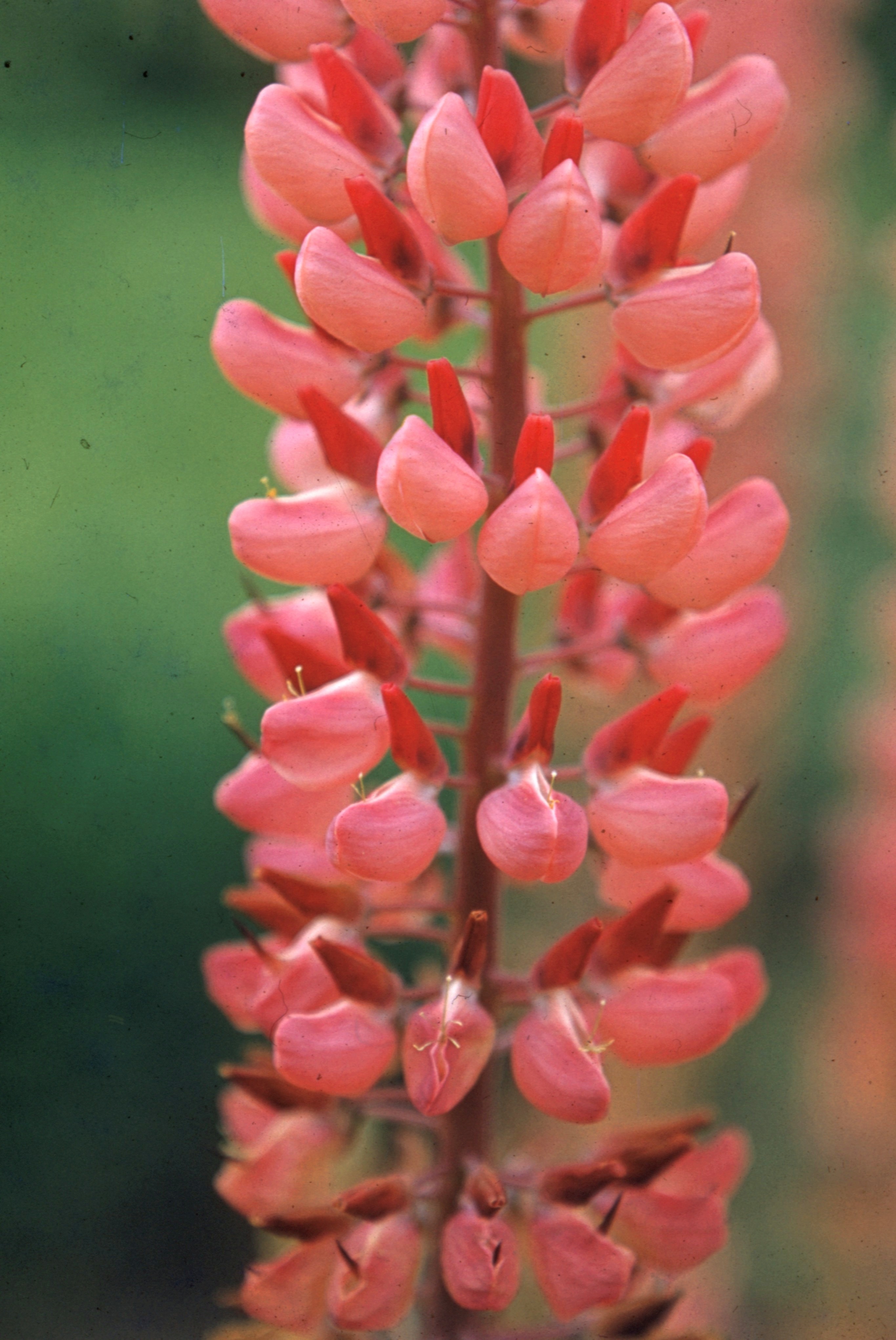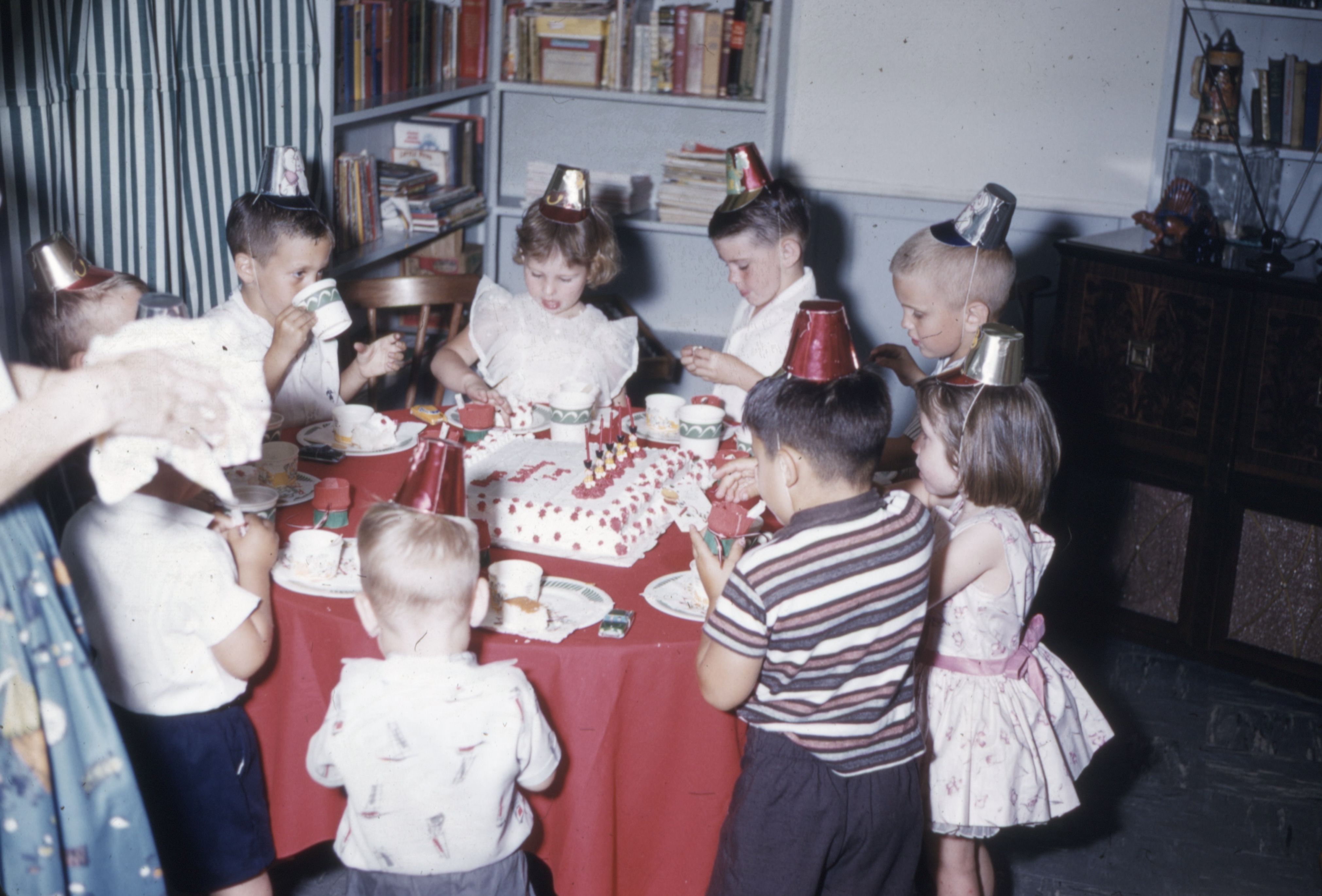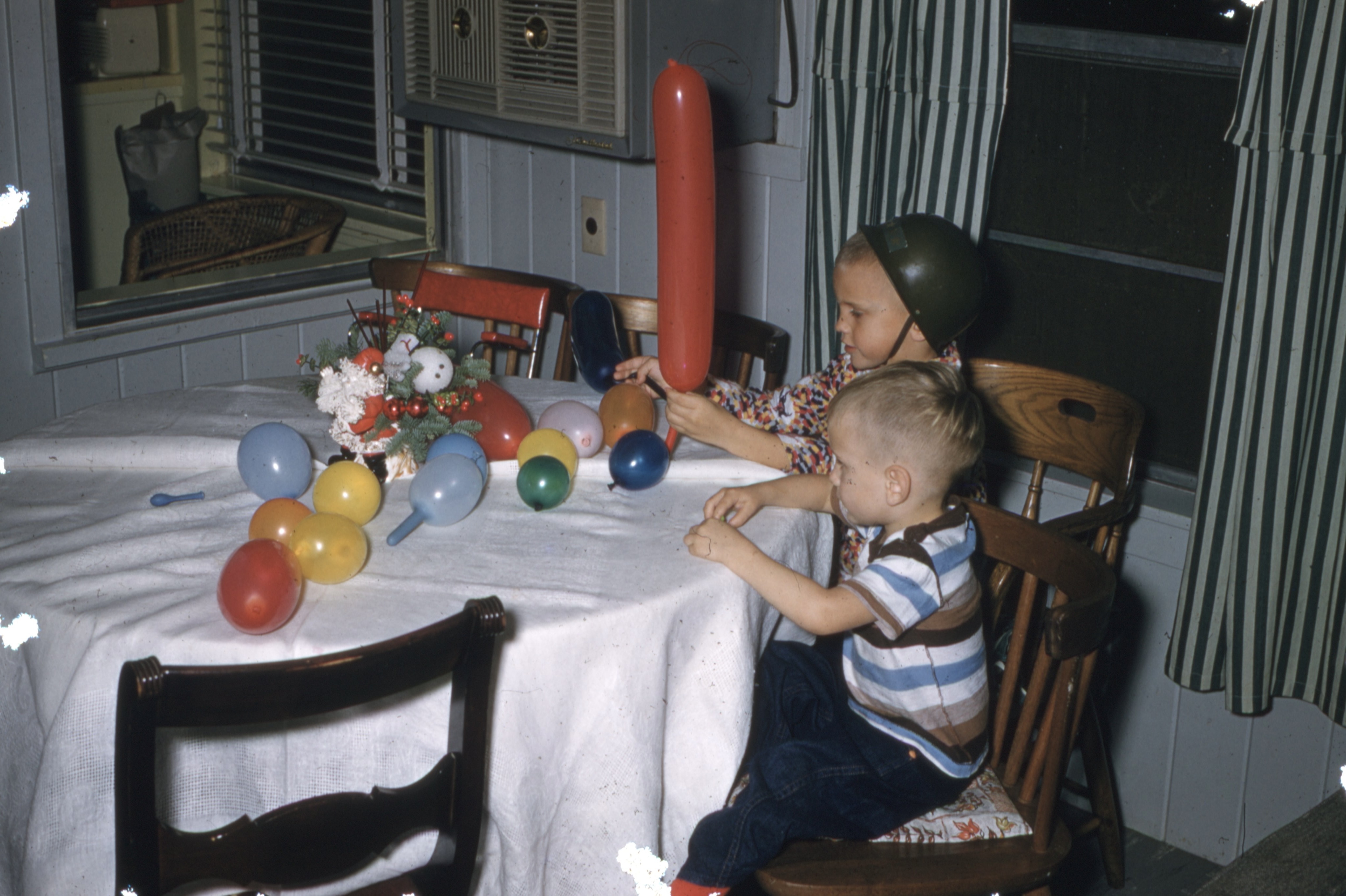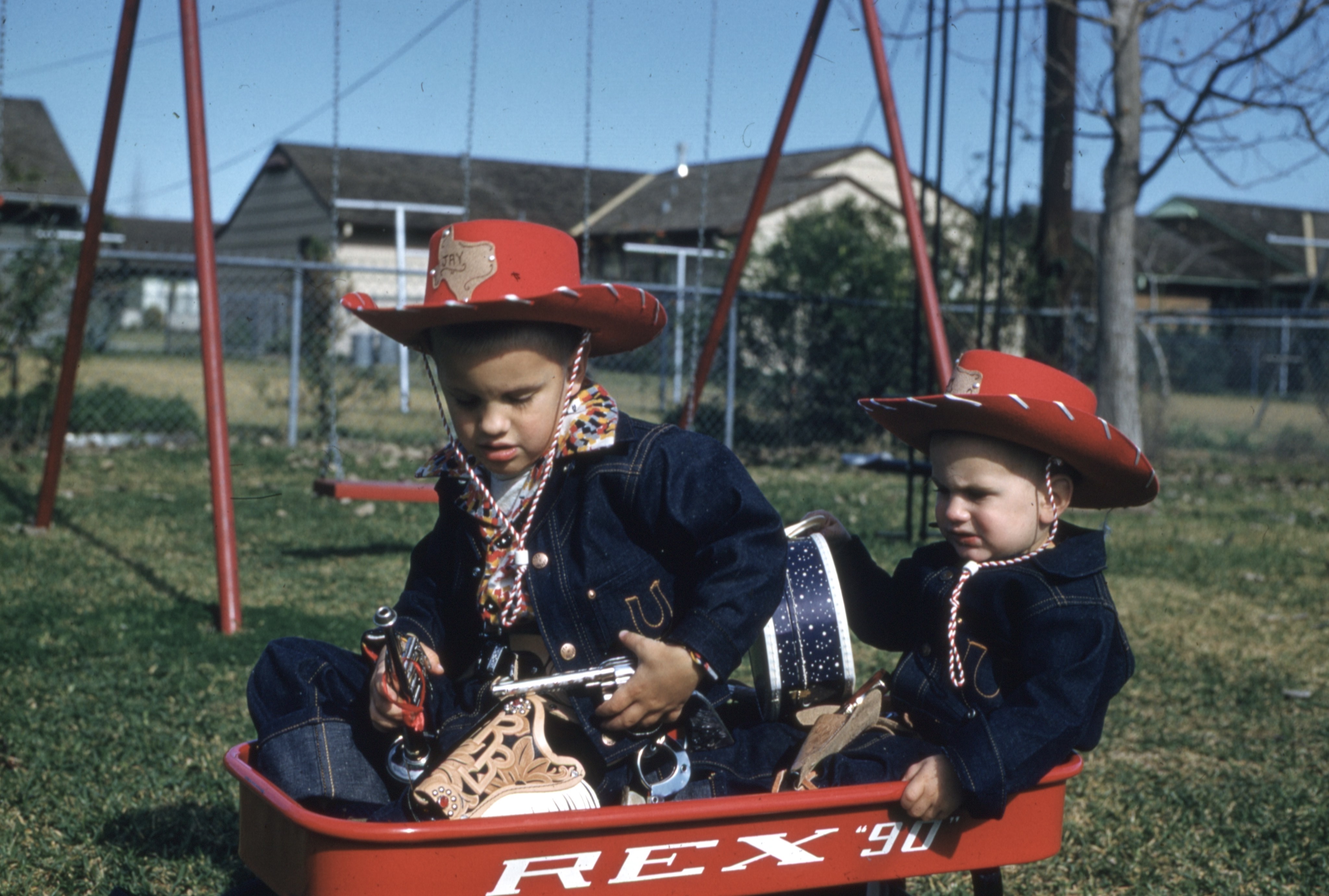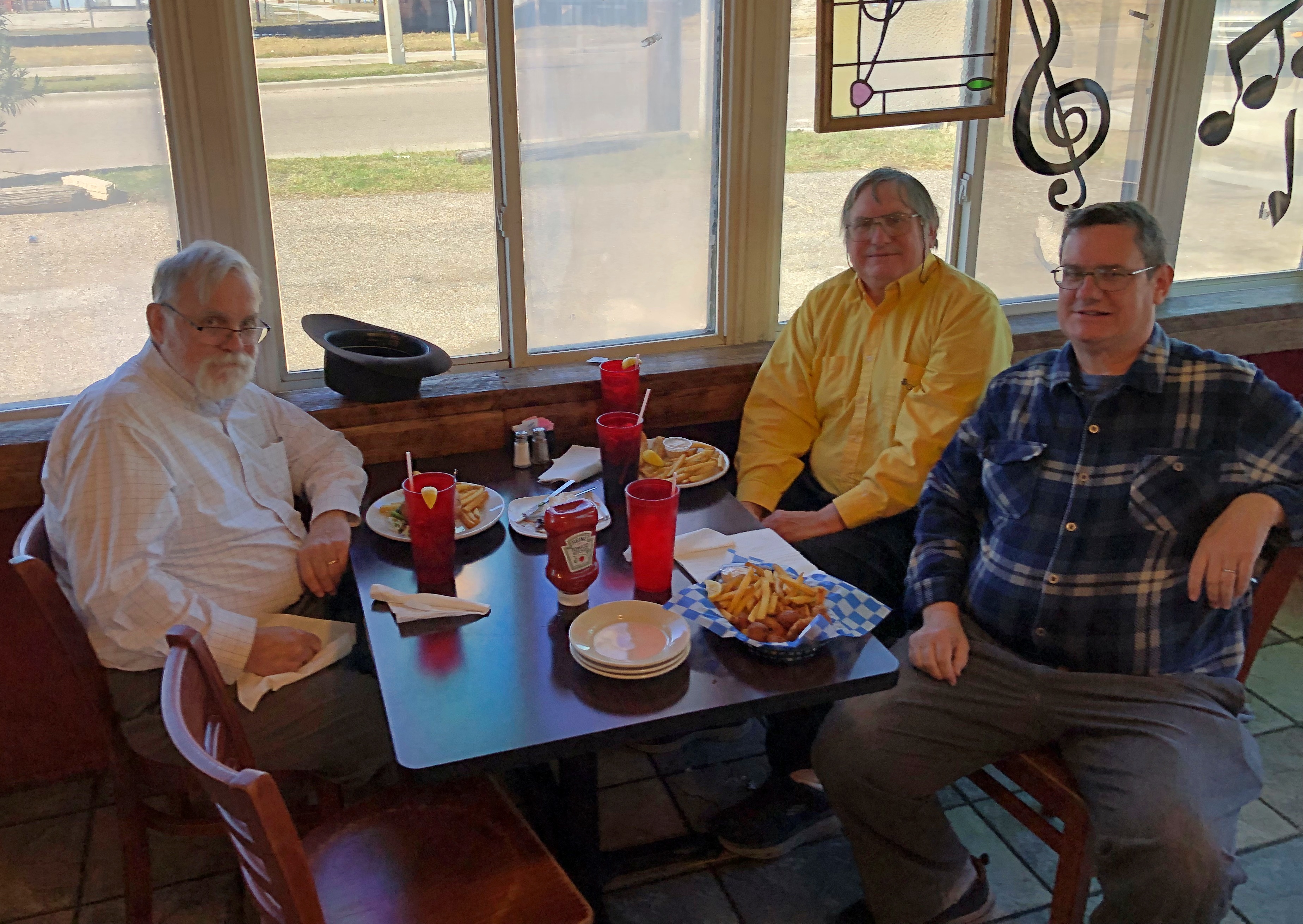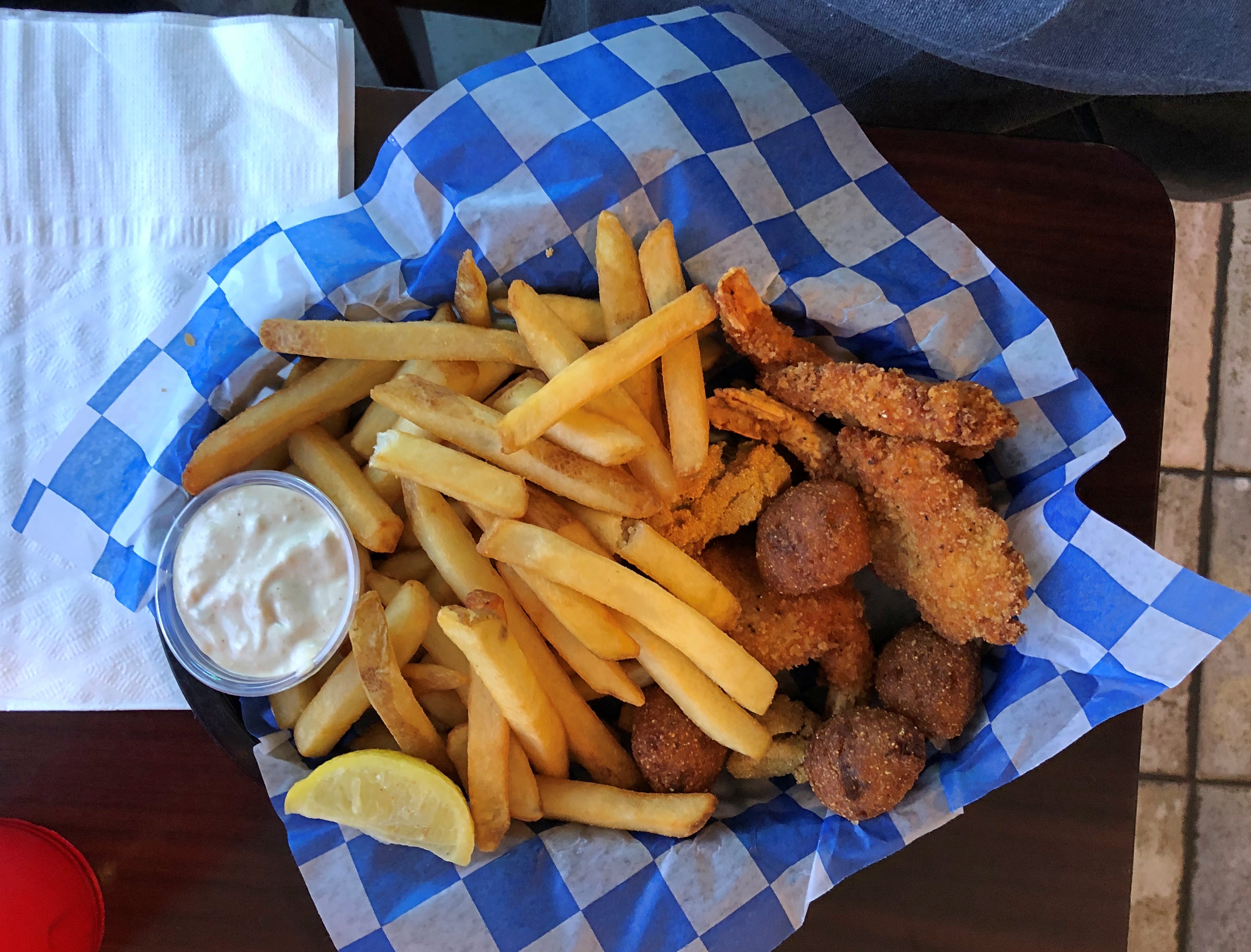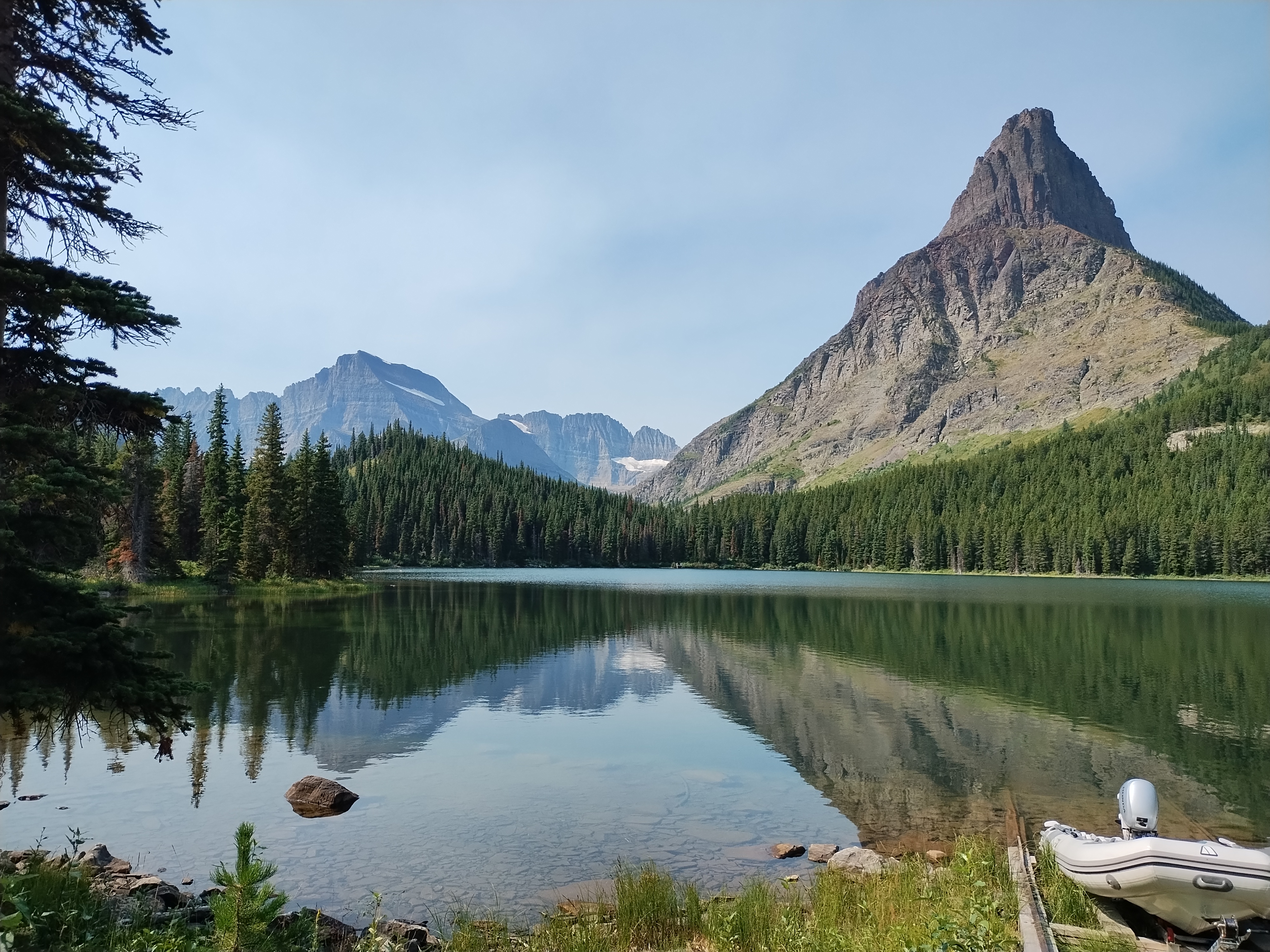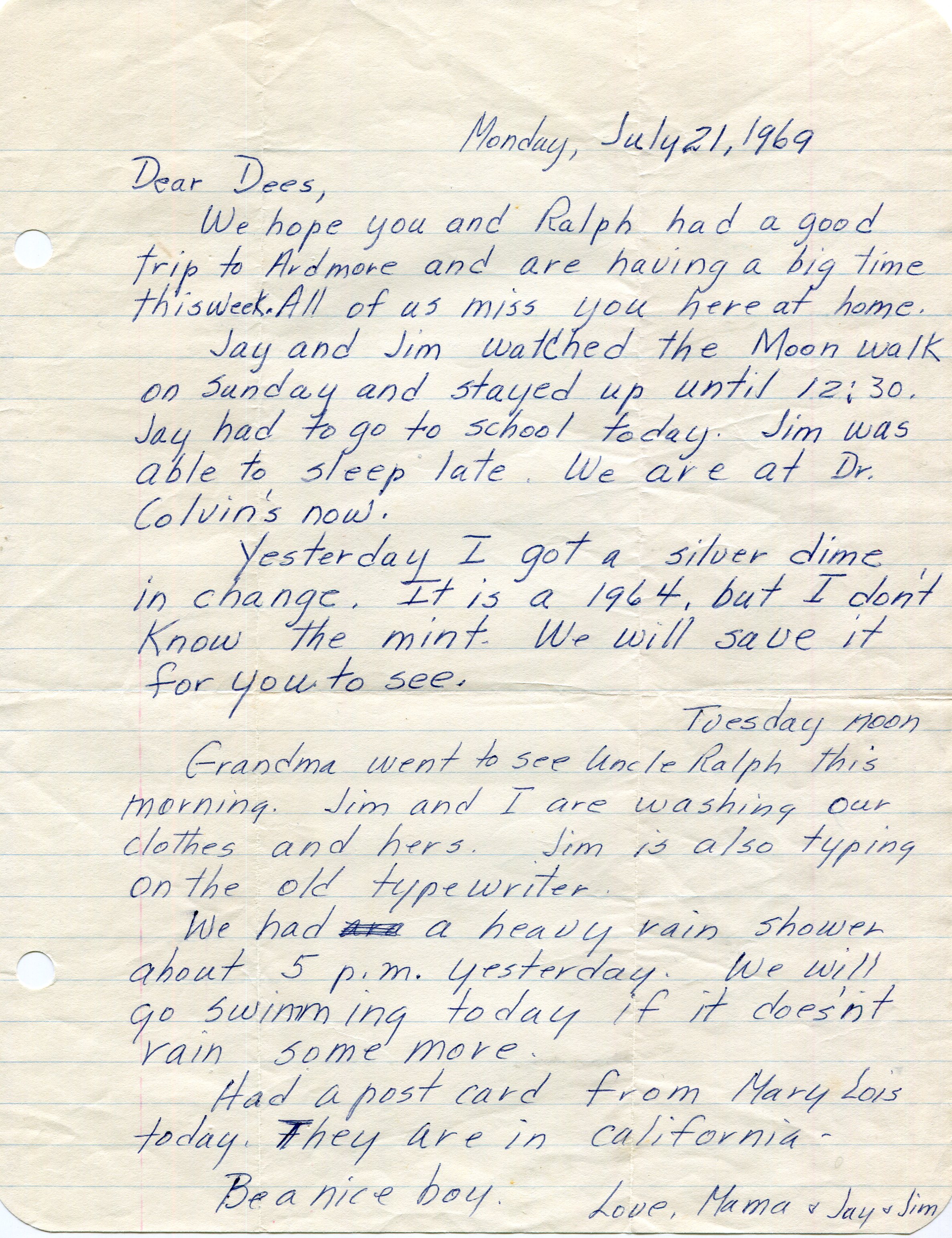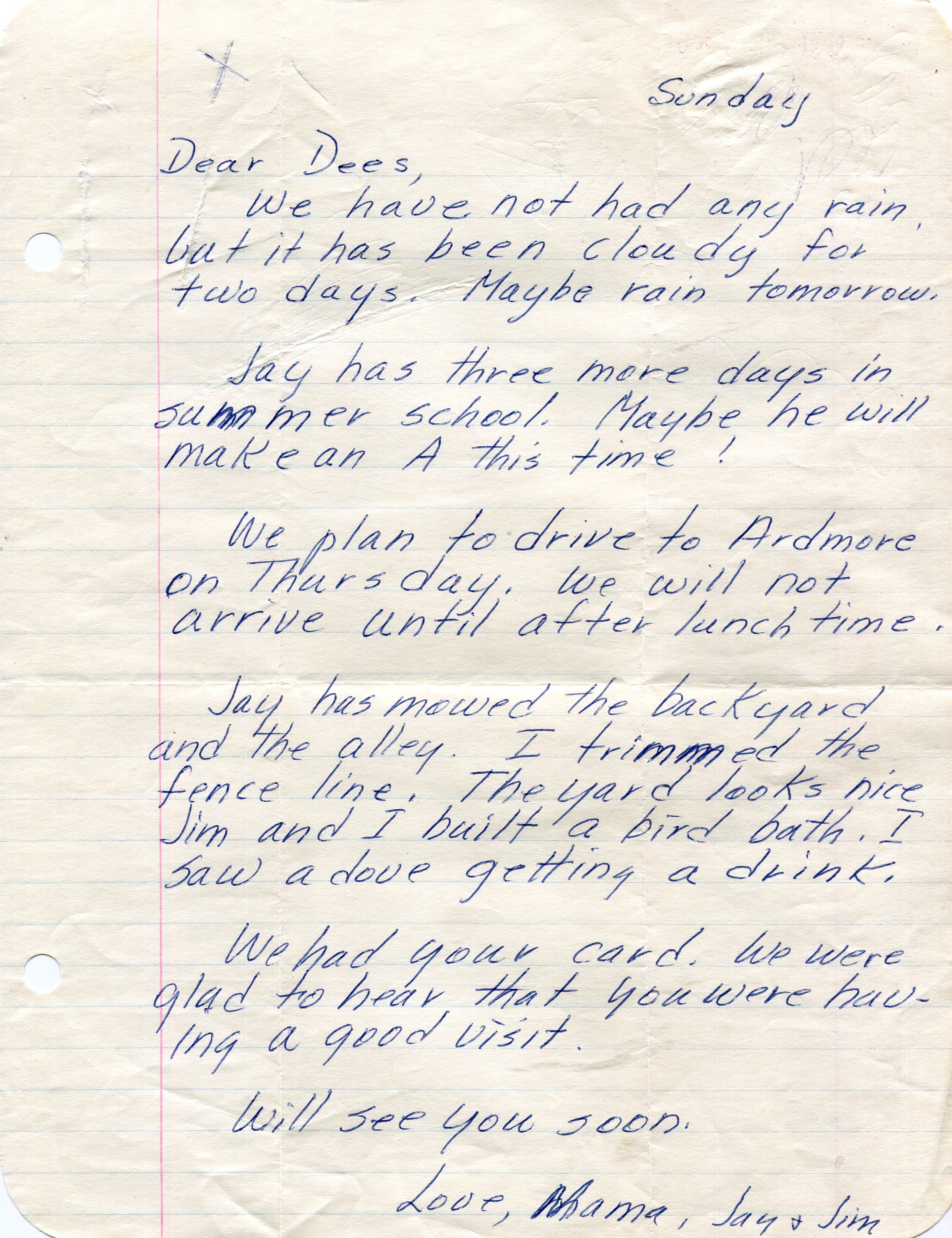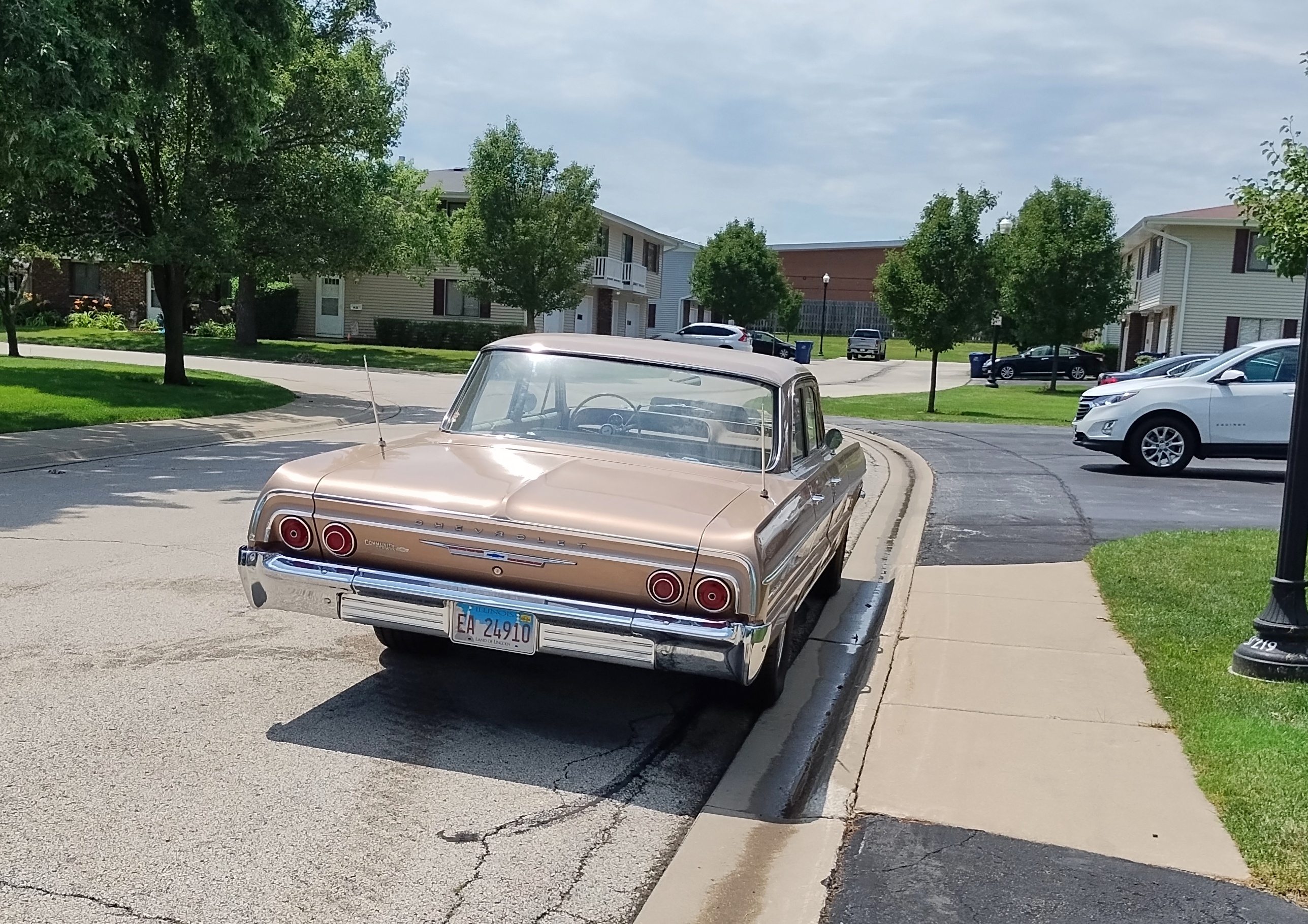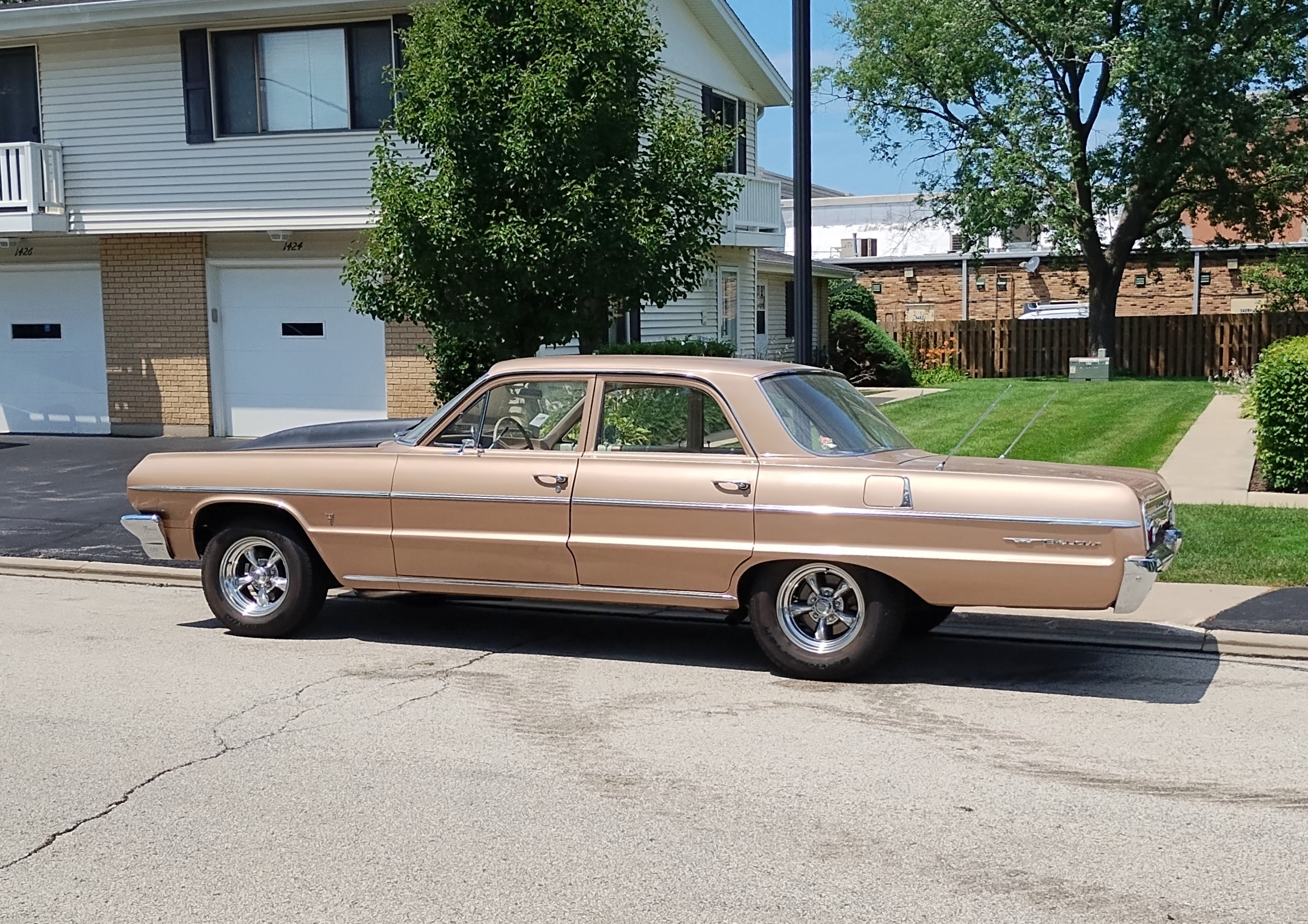At times like this, in the funk that comes after a long trip, I ask myself, did I actually do that? An odd question, maybe, but long travels have that odd effect. Somehow such a trip seems less than real. Also more than real. Those are essential features of the intoxication of the road, and hangovers follow intoxication.
Ponder this: Over roughly the last five weeks, starting on February 8, in a series of eight airplane flights, a small number of intercity train trips on either side of the Eurasian land mass (including one of the fastest trains in existence), a large number of subway, streetcar and even monorail rides, a few taxi rides, other car rides provided by friends and relatives and a hired driver, a bicycle rickshaw ride — and you haven’t lived and almost died (or at least felt that way) till you’ve taken such a conveyance in Delhi — climbing a lot of stairs and using a lot of escalators and elevators, and taking more than a few long walks, and many short walks, on sidewalks and cobblestone streets and railway station platforms, I went around the world in a westward direction, from metro Chicago to metro Chicago, by way of Japan, India, the United Arab Emirates, Germany and the Czech Republic.
All that effort for what? To see the world, of course. That and skip out of much of winter in northern Illinois.
How did I have the energy for this, here at the gates of old age? How are the logistics possible?
But it really isn’t that hard. This is the 21st century, and travel is mostly by machine, and part of a mass industry, so even old men firmly from the middle class can go. Retired and semiretired old men, who find themselves with more free time than in previous decades. Moreover, the logistics were the least of it: all you need in our time is a computer to set things up.
I’m convinced that the hard part, for many people, would be finding the will to go. Luckily I have a practically bottomless supply. My always-eager-to-go attitude toward seeing point A and then points B, C and so forth also meant I was completely persuaded that buzzing around the world was a good idea. Tired as I am now — and boy am I tired — I haven’t changed my mind, though I need to rest up a bit at the moment.
Japan: my first visit in 25+ years.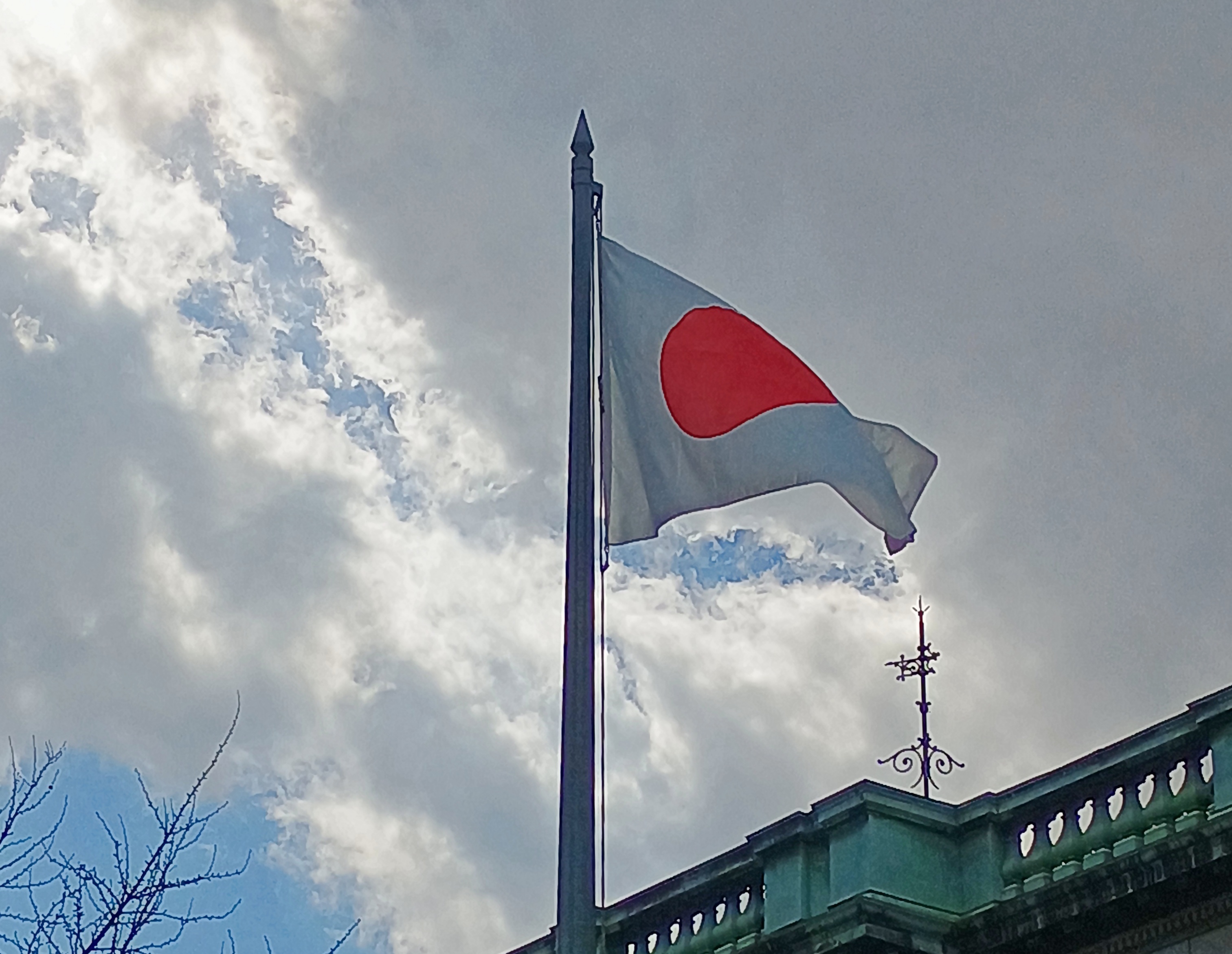
It felt familiar — I did live there for four years — but the passage of time also infused the place with a feeling of the unfamiliar as well, a strange combo sensation indeed.
India: A major lacuna in my travels, now just a little less so.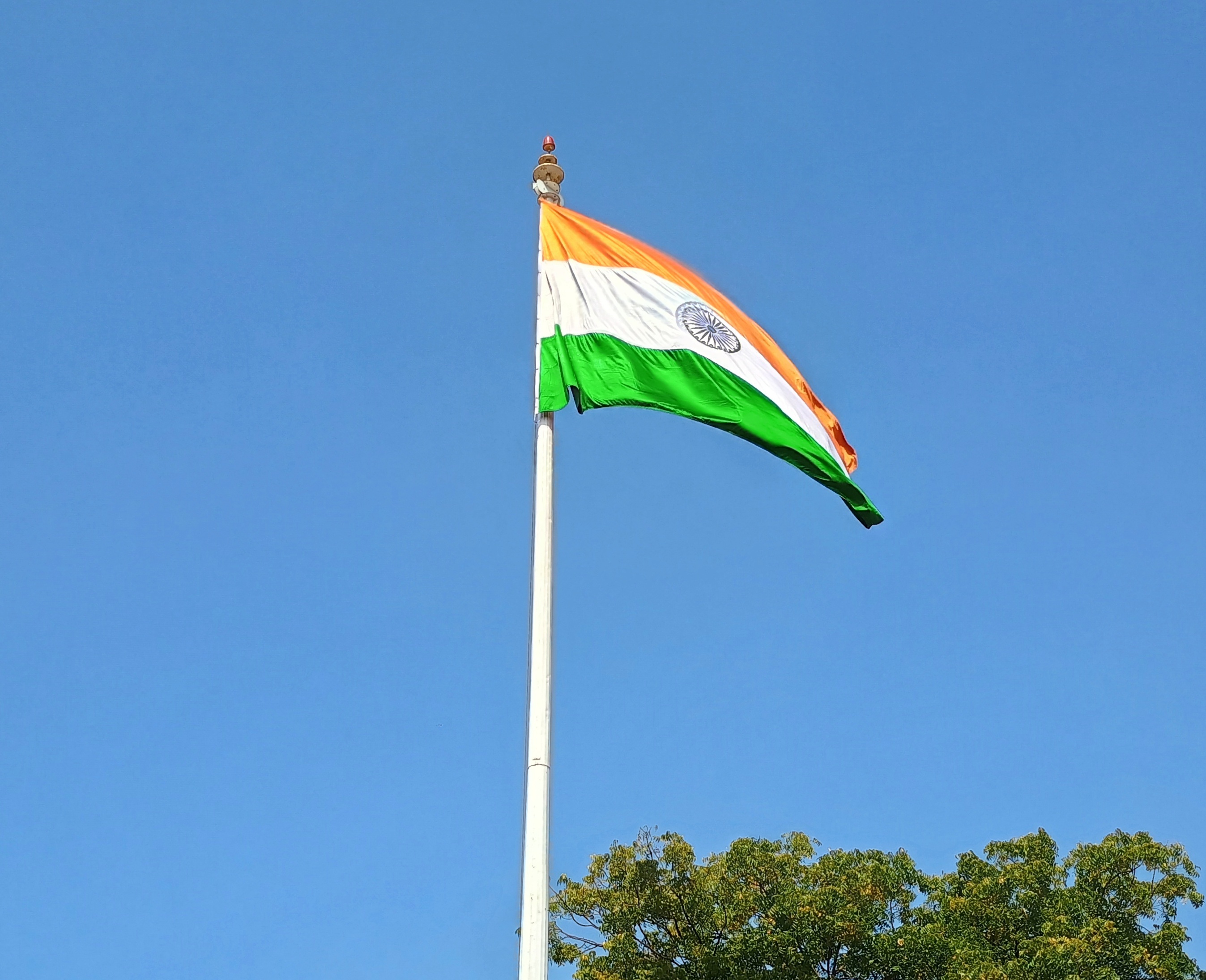
A friend who goes to India sometimes on business told me last fall, “India makes me tired.” I might not have been on business, but I ended up feeling the same way.
And yet — a phantasmagoria unlike anything I’ve seen, especially the teeming city streets. Teem was never more an apt verb, in my experience. Yuriko came as far as India with me, after we visited Japan and her family and friends there. Then she headed back eastward to Illinois.
I went on alone from India to the UAE.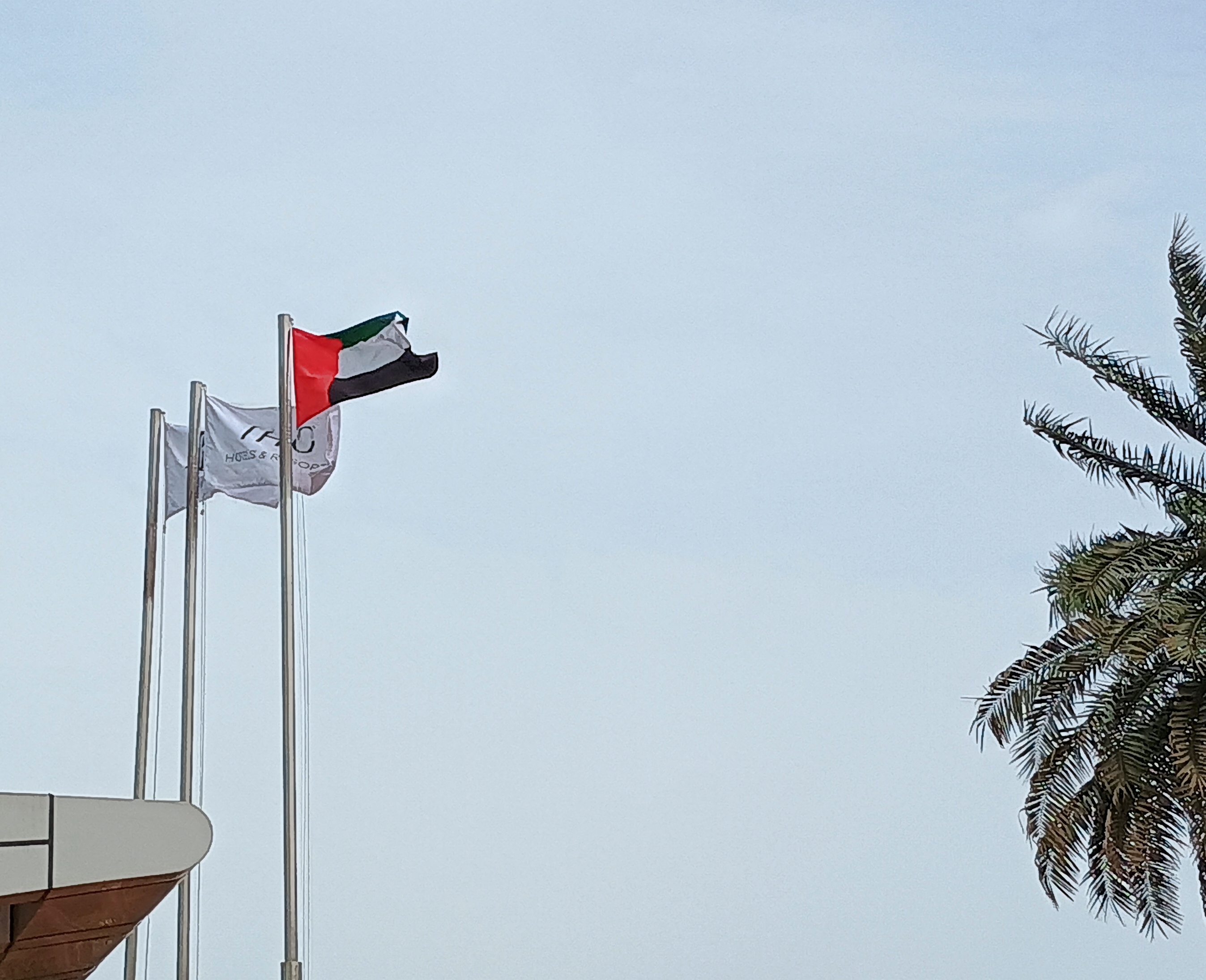
In an even less familiar part of the world, a city of towers somehow rises on the edge of the Arabian desert. Just that is astonishing in its own way, but there is plenty else.
Then to Germany: An old friend I hadn’t seen in a long time, since about five golden weeks in my youth. A long, long time ago: the last time I was there, there were two Germanies and two Berlins and a Wall and the Stassi and Trabbis and a firm living memory of the cataclysm only 40 years earlier.
Berlin was the focus this time, where I joined my brother Jay for the visit. We’d been kicking around the idea of traveling there together for a while, and ultimately didn’t want to wait till either of us got any older. He had not made it to Berlin in ’72.
A major side trip from Berlin was to Prague. Not quite as old a friend, but old enough.
Yuriko and I visited in ’94, but it was new territory for Jay, another slice of the former Astro-Hungarian Empire to go with his early ’70s visit to Vienna.
Actually, when you visit a place you haven’t seen in 40 or 30 years, it’s like you’ve never been there. I had that sensation in both Berlin and Prague. The old memories are packed away, only loosely connected to their setting any more, which has changed partly beyond recognition anyway.
Now I’m back. Unlike Phileas Fogg, I didn’t return a day earlier than I thought I did (we have a stronger awareness of the International Date Line). But I did manage to miss the no one-likes-it spring transition to daylight savings time, just another little bonus of the trip.

